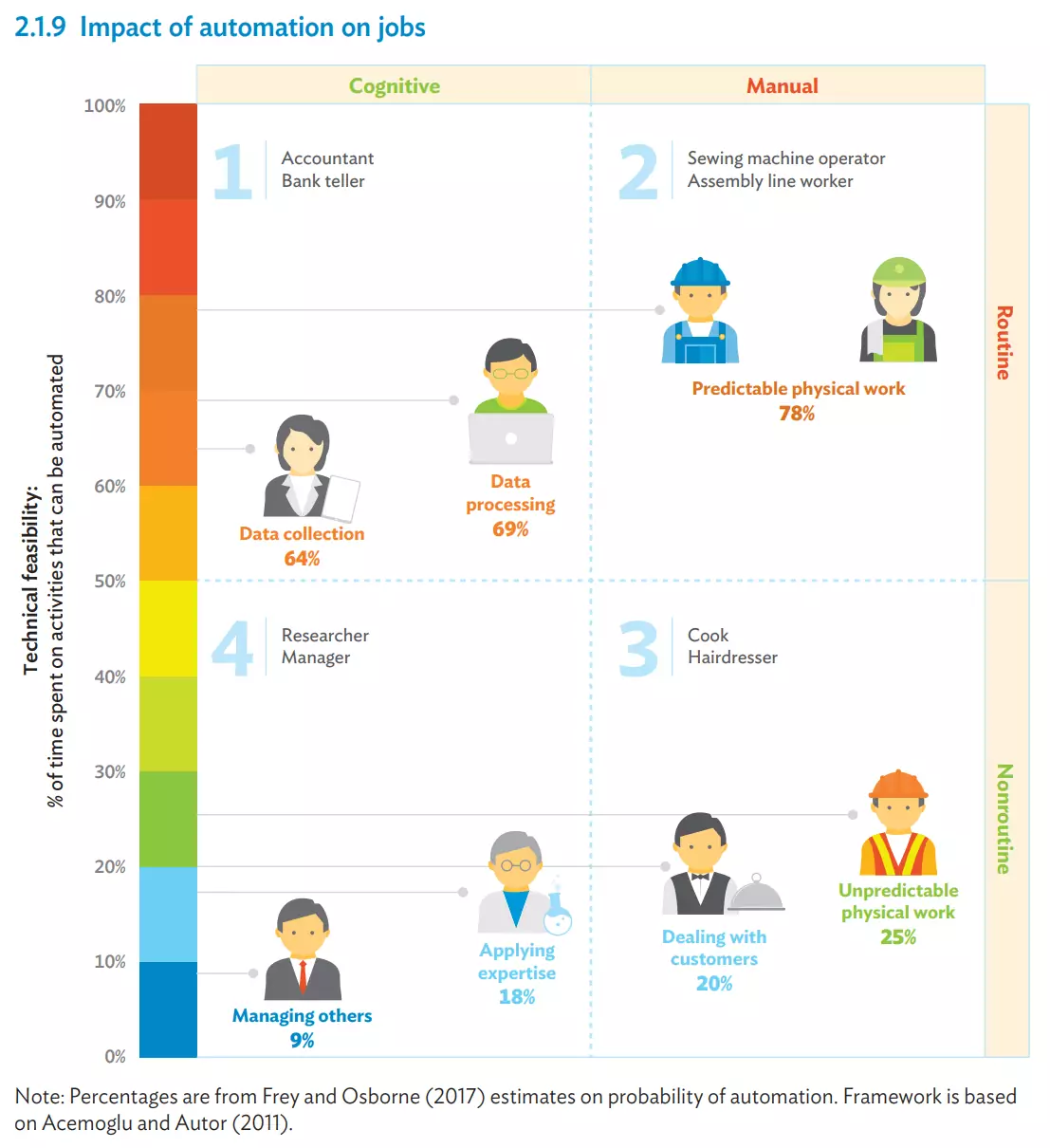JobDisplacement
Navigating Automation: Addressing Job Displacement Challenges

Navigating Automation: Addressing Job Displacement Challenges
The integration of automation technologies into various industries has brought about transformative changes, streamlining processes and increasing efficiency. However, this wave of automation has also raised concerns about job displacement. In this exploration, we delve into the challenges posed by automation and strategies to address the impact on employment.
The Promise of Automation Efficiency
Automation technologies, encompassing robotics, artificial intelligence, and machine learning, promise unparalleled efficiency in various sectors. Tasks that were once manual and time-consuming can now be accomplished with precision and speed, leading to increased productivity. The adoption of automation has become synonymous with progress and competitiveness in the modern business landscape.
Job Displacement: A Growing Concern
Despite the benefits, the rise of automation has triggered concerns about job displacement. Routine and repetitive tasks that are easily automated are susceptible to workforce reduction. This displacement affects workers in industries ranging from manufacturing to customer service, raising questions about the future of employment in an increasingly automated world.
Reskilling and Upskilling Initiatives
Addressing the challenges of job displacement requires proactive measures to reskill and upskill the workforce. Educational institutions, businesses, and governments must collaborate to provide training programs that equip individuals with the skills needed for the jobs of the future. Reskilling initiatives ensure that workers can transition to roles that complement automation technologies.
Embracing New Opportunities in Tech-Driven Industries
While certain jobs may be automated, the technology-driven landscape also creates new opportunities. The demand for skilled professionals in areas such as data science, artificial intelligence, and cybersecurity is on the rise. Encouraging individuals to pursue careers in these fields helps to balance the impact of job displacement by fostering growth in emerging sectors.
Human-Machine Collaboration: A New Paradigm
Rather than replacing human workers, automation can be seen as a tool for collaboration. The concept of human-machine collaboration involves leveraging automation technologies to enhance human capabilities. Businesses can explore models where automation complements human skills, creating synergies that lead to increased efficiency and innovation.
Policy and Regulation for Responsible Automation
Governments and regulatory bodies play a crucial role in shaping the impact of automation on employment. Establishing policies that promote responsible automation, ensuring fair treatment of workers, and addressing ethical considerations are essential. Striking the right balance between fostering innovation and protecting workers’ rights is paramount for a sustainable future.
Creating a Culture of Lifelong Learning
To mitigate the impact of job displacement, fostering a culture of lifelong learning is imperative. Encouraging individuals to embrace continuous learning and adaptability equips them to navigate changes in the job market. Lifelong learning initiatives empower workers to stay relevant and resilient in the face of evolving technologies.
Social Safety Nets and Job Transition Support
Implementing robust social safety nets and job transition support mechanisms is essential for managing the challenges of job displacement. This includes measures such as unemployment benefits, job placement services, and support for individuals transitioning to new careers. Proactive efforts to assist affected workers contribute to a more inclusive and supportive society.
Ethical
